1.
Introduction
Impulsive differential equations (IDEs) are often used to simulate some evolutionary processes in the real world, such as shocks, population dynamics, harvesting. These evolutionary processes tend to have some sudden changes that are negligible compared to the whole duration of the process. The theory of IDEs has been widely used in mathematical modeling and has become an important research field in recent years. However, some dynamical behaviors of physical phenomena cannot be modeled by instantaneous IDEs, see [1,2,3,4,5].
Thus, Hernández and O'Regan [6] introduces a non-instantaneous impulses, a special and novel type of impulses, in the form of
where A:D(A)⊂X→X is the generator of a C0-semigroup of bounded linear operators {T(δ)}δ≥0 defined on a Banach space (X,‖⋅‖), ξ0∈X, 0=η0=δ0<η1≤δ1<η2<⋯<ηl≤δl≤ηl+1=a are pre-fixed numbers, hk∈C((ηk,δk]×X;X) for all k=1,...,l and g:[0,a]×X→X is a suitable function.
Wang and Fěckan [7] investigates the existence of mild solutions to nonlinear operator equations with non-instantaneous impulses. Malik and Kumar [8] consider a control system represented by a second-order IDEs and obtained the existence, uniqueness and stability of mild solution. Since non-instantaneous IDEs can model some physical phenomena that remain active in fixed time intervals, this has attracted extensive attention of many researchers. For detailed results, see [9,10,11,12,13,14,15,16].
Furthermore, the complex case with infinitely many perturbation points in a finite interval, called Zeno behavior [17], cannot be modeled by IDEs. Consequently, Pandit et al. [18] and Sharma et al. [19] established an important class of differential equations, called measure differential equations (MDEs), to deal with this complex phenomenon. Thenceforth, in [20], the existence of regulated solutions for MDEs is obtained by utilizing fixed point theorem. Federson and Mesquita [21] investigated the Lyapunov stability for abstract MDEs on time scales. For detailed results, see [18,22,23,24,25,26].
As we know, since controllability can be described as a qualitative property of a control system, it is of great interest to researchers [1,27,28,29,30]. A common way to study controllability problems is to transform it into fixed point problems for continuous operators in Banach spaces. For instance, Ankit and Rames [31] considered the approximate controllability results in the infinite dimensional space for non-autonomous evolution system with time delay from fixed point theorem. Zhao and Liu [32] investigated the existence and controllability of solutions for semilinear fractional control systems with finite delay via differentiable resolvent operators and Banach's fixed point theorem. In [1], by utilizing the fixed point theorem and fundamental solution, the approximate controllable result for nonlinear measure evolution system with time delay and non-instantaneous impulses was obtained.
More generally, by fixed point theorem, Cao and Sun [33] studies that the control system is exactly controllable, and its system form is
Subsequently, Liu et al. [34] considered fractional evolution equations with state-dependent delay as follows
where cDα is Caputo derivative. By utilizing the Kuratowski measure of noncompactness and Mönch fixed point theorem, the exact controllability was investigated.
Wang et al. [35] studied the following non-instantaneous impulsive evolution system.
Using the Banach fixed point theorem, exact controllability was obtained.
But, Wang et al. achieved controllability by using control only at the last time subinterval rather than at each impulses point. In many engineering applications, it is necessary to control the system within each impulse time interval. So, we introduce a stronger concept of exact controllability, namely total controllability. This control will be applied to each subinterval. Moveover, many physical phenomena, such as the lateral motion of stretchable beams and the vibration of hinged rods, can be modeled with partial differential equations (PDEs). These PDEs can be formulated as abstract second-order IDEs in the infinite dimensional spaces. So, it is necessary to study such systems. For detailed results, see [8,9,10,31,36].
Inspired by the above discussion, this manuscript will focus on the controllability of second-order non-instantaneous impulsive measure evolution systems with state-dependent delay and non-autonomous conditions in a Banach space (X, ‖⋅‖), which is of form
where J=[0,b], ϕ∈Bh, Bh is a phase space, which will be introduced in Section 2. 0=θ0<η1<η2<⋯<ηk<ηk+1=b, θi∈(ηi,ηi+1) and v+i, v−i exist for i=1,2,…,k with v(η−i)=v(ηi). F:J×Bh×Bh→X. The family of linear operators {A(η):η∈J} is closed and domain is dense in X. The function vη:(−∞,0]→X defined by vη(ν)=v(η+ν), ν∈(−∞,0] which belongs to Bh. The distributional derivative of the solution v and the function μ are denoted by dv and dμ, respectively, where function μ:J→R is left continuous nondecreasing. The control function z(⋅)∈HSL2μ(J;U), where HLS2μ(J;U) will be introduced in the next Section. ρ: J×Bh→(−∞,b] is a continuous function. The linear operator B:U→X is bounded. The function Hi:(ηi,θi]×X→X and their derivatives H′i:(ηi,θi]×X→X represent the non-instantaneous impulses for i=1,2…k. Gvρ(η,vη):=∫η0H(η,θ)vρ(θ,vθ)dθ is a Volterra integral operator with an integral kernel H∈C(Ω,R+), Ω={(η,θ):0≤η≤θ≤b}.
The main contributions, significance and novelties of this article are as follows:
● The existence and total controllability of solution for (1.1) are obtained by employing the Mönch fixed point theorem and the theory of strongly continuous cosine family.
● It is well known that systems with Zeno trajectories often appear in game theory, non-smooth mechanics, etc (see [17,37]). MDEs are often used to model such systems. It may exhibit an infinite number of discontinuities within a finite interval, μ is a function of bounded variation.
● We point out that if μ is the sum of an absolutely continuous and a step function, then system (1.1) implies a complex situation that exhibits both non-instantaneous and instantaneous impulses. Few existing article have investigated such cases, which is an approach for solving hybrid systems separately.
● It is important to note that the obtained controllability results reach the desired state not only at the end of the time interval but also at each impulse point ηi+1.
● As [1,36] said, MDEs are more extensive than ODEs. In fact, when a system described by
is acted upon by perturbation, the perturbed system is generally given by
where the perturbation term G(t,x) is assumed to be continuous or integrable and as such the state of the system changes continuously with respect to time.
But in physical systems one cannot expect the perturbations to be well-behaved and it is therefore important to consider the case when the perturbations are impulsive. This will give rise to equations of the form
where dx and dμ denote the distributional derivatives of the solution x and the function μ, respectively. If μ is a function of bounded variation, dμ can be identified with a Stieltjes measure and will have the effect of suddenly changing the state of the system at the points of discontinuity of μ. Equations (1.2) is so called measure differential equations.
● The derived results are involving non-instantaneous impulse and state-dependent delay; therefore, they improved and generalized the results of the paper of Cao and Sun [33]. Our findings are also generalizing the results of Liu et al. [34] for the case of control system with state-dependent delay.
● Finally, an example is used to verify the practical application of the conclusion.
The structure of this paper is as follows. In Section 2, the fundamental concepts, lemma, and preliminary knowledge are given which will be required for the later sections. We obtain the controllability results for system (1.1) by using the theory of cosine families and fixed point theorem in Section 3. Finally, in Section 4, an example to verify the usefulness of our abstract results.
2.
Preliminaries
In present section, we review some of the basic concepts, definitions and lemmas required.
Definition 2.1. [20] A function F:[ξ,ζ]→X is called regulated on [ξ,ζ], if the limits
exist and are finite for λ∈[ξ,ζ].
The space G([ξ,ζ];X)={F:[ξ,ζ]→X | F is regulated} is a Banach space with respect to the norm ‖F‖∞=supη∈[ξ,ζ]{‖F(η)‖} (see [38]).
Lemma 2.2. [39] Let the functions μ:[ξ,ζ]→R and F:[ξ,ζ]→X such that ∫ζξFdμ exists and μ is regulated. Then, for η0∈[ξ,ζ], the function
is regulated.
Definition 2.3. [39] For any ε>0, η0∈[ξ,ζ], a set A∈G([ξ,ζ];X) is said to be equiregulated, if there exists a δ>0 such that
(ⅰ) if v∈A, η∈[ξ,ζ], and η0−δ<η<η0, then ‖v(η−0)−v(η)‖<ε,
(ⅱ) if v∈A, η∈[ξ,ζ], and η0<η<η0+δ, then ‖v(η)−v(η+0)‖<ε.
Lemma 2.4. [39] If a sequence {vn}∞n=1 is equiregulated and converges pointwise in X, then it converges uniformly in G([ξ,ζ];X).
Definition 2.5. [20] A function F:[ξ,ζ]→X is said to be Henstock-Lebesgue-Stieltjes integrable on [ξ,ζ) if there exists a map denoted by ∫⋅0:[ξ,ζ]→X such that for every ε>0, there is a gauge δ on [ξ,ζ) with
for every δ-fine partition {([ηi−1,ηi),λi):i=1,2,…,n} of [ξ,ζ).
Let HLSpμ([ξ,ζ];X) be a p-order Henstock-Lebesgue-Stieltjes integrable regulated function space with respect to μ, with norm defined as
Next, we define
where the function h:(−∞,0]→(0,∞) is continuous with ∫0−∞h(θ)dθ<∞.
By [40], we know that Bh is a Banach space with norm
Lemma 2.6. [40] Let v∈Bh; then, vη∈Bh for each η∈J. In addition,
where l=∫0−∞h(θ)dθ<∞.
The Kuratowski measure of noncompactness α(⋅) on bounded subset S of X is defined as
The Kuratowski measure of noncompactness of a bounded set in G(J;X) and X are denoted by αG(⋅), and α(⋅), respectively.
Lemma 2.7. [41] Let S⊂HLS1μ(J;X) be a countable set and function ν∈HLS1μ(J;R+) such that ‖r(η)‖≤ν(η) holds for all r∈S and η∈J. Then,
where S(η)={y(η):y∈S, η∈J}.
Lemma 2.8. [34] Let A⊂G(J;X) be equiregulated and bounded on J. Then,
Theorem 2.9. [34] (Mönch fixed point theorem) Let E⊂X be a closed convex set where X is a Banach space. Assume that T:E→E is a continuous operator and satisfies the following properties:
Therefore, T has a fixed point in E.
Now let us consider a second-order non-autonomous control system:
where A(η): D(A(η))⊂X→X, η∈[0,b] is a closed dense operator and g:[0,b]→X is an appropriate function. It can be known from [31,42] that before considering the existence of the solution of (2.1), we first discuss the existence of the evolution operator of the following homogeneous equation
Suppose the domain of A(η) is a dense subspace D in X and independent of η. η→A(η)v is a continuous function for each v∈D.
For further study, we first review the definition of evolution operator.
Definition 2.10 The bounded linear operator Φ(η,θ):J×J→L(X) is said to be the evolution operator of (2.2) if the following properties are satisfied:
(B1) For each v∈X, the operator (η,θ)→Φ(η,θ)v is continuously differentiable and
(ⅰ)
(ⅱ) Φ(θ,θ)=0, for every θ∈[0,b].
(B2) If v∈D(A), then Φ(η,θ)v∈D(A) for θ,η∈[0,b], the mapping (η,θ)∈[0,b]×[0,b]→Φ(η,θ)v∈X is of class C2 and
(ⅰ) ∂2∂θ∂ηΦ(η,θ)v|η=θ=0,
(ⅱ) ∂2∂η2Φ(η,θ)v=A(η)Φ(η,θ)v,
(ⅲ) ∂2∂θ2Φ(η,θ)v=Φ(η,θ)A(θ)v,
(B3) For all η,θ∈[0,b], if v∈D(A), then ∂∂θΦ(η,θ)v∈D(A). Further, there exist ∂2∂η2∂∂θΦ(η,θ)v, ∂2∂θ2∂∂ηΦ(η,θ)v and
(ⅰ) ∂∂θΦ(η,θ)v∈D(A), then ∂2∂η2∂∂θΦ(η,θ)v=A(η)∂∂θΦ(η,θ)v,
(ⅱ) ∂∂θΦ(η,θ)v∈D(A), then ∂2∂θ2∂∂ηΦ(η,θ)v=∂∂ηΦ(η,θ)A(θ)v, and the function (η,θ)∈[0,b]×[0,b]→A(η)∂∂θΦ(η,θ)v is continuous.
Let the evolution operator Φ(η,θ) be associated with the operator {A(η):η∈J}. For simplicity, one can also consider that
There exist constants M and N such that
If function g:J→X is integrable, then the solution v of the system (2.1) is given by
Definition 2.11. The bounded linear operator parameter family {Ψ(η)}η∈R that maps from Banach space X to itself is called the strongly continuous cosine family, if and only if
(ⅰ) for all θ,η∈R, Ψ(θ+η)+Ψ(θ−η)=2Ψ(θ)Ψ(η),
(ⅱ) Ψ(0)=I (identity operator),
(ⅲ) for each fixed point v∈X, Ψ(η)v is continuous in η on R.
Let A:D(A)⊂X→X be the infinitesimal generator of strongly continuous cosine family {Ψ(η)}η∈R, where domain D(A) is defined as
Obviously, for v∈D(A), it is a Banach space endowed with the norm ‖v‖A=‖v‖+‖Av‖.
In addition, the family of sine operators {Φ(η)}η∈R corresponding to {Ψ(η)}η∈R is defined as
Let
which is a Banach space endowed with norm ‖v‖D=‖v‖+sup0≤η≤1‖AΦ(η)v‖, v∈D (see [43]).
Based on the works in [36], we consider the following system
where ˜A(⋅): R→L(D,X) such that for each v∈D, the map η→˜A(η)v is a continuously differentiable function in X. Similar to Eq (2.3), we can also obtain that the mild solution of system (2.4) defined as
For more theoretical results on second-order differential equations, see [31,36,42,43] and its cited references.
Now, we are ready to introduce the concept of a mild solution of the system (1.1) as follows.
Definition 2.12. A function v∈G(J,X) is said to be a mild solution of the system (1.1) if v(0)=ϕ(0), and it satisfies the following equation
3.
Main results
This section mainly studies the controllability of (1.1).
Definition 3.1. System (1.1) is said to be exactly controllable on J if for the initial state v(0)∈Bh and any final state vb∈X, there is a control z∈HLS2μ(J;U) such that the mild solution v(η) of (1.1) satisfies v(b)=vb.
Definition 3.2. System (1.1) is said to be totally controllable on J if for the initial state v(0)∈Bh and any final state vηi+1∈X of each sub-interval [θi,ηi+1] for i=0,1,2,...,k, there is a control z∈HLS2μ(J;U) such that the mild solution v(η) of (1.1) satisfies v(ηi+1)=vηi+1.
Remark 3.3. If the total controllability of (1.1) is established, obviously it is exactly controllable. On the contrary, it does not hold.
The following assumptions are introduced to demonstrate the main results of this paper.
(H1) A(η) is the infinitesimal generator of a strongly continuous cosine family Ψ(η,θ).
(H2) The function F:J×Bh×Bh→X satisfies that:
(ⅰ) For each η∈J, F(η,⋅,⋅):Bh×Bh→X is a continuous function.
(ⅱ) For η∈J, the map η→F(η,vρ(t,vη),Gvρ(η,vη)) and η↦F(θ,vη) are measurable and continuous on J, respectively.
(ⅲ) There exists a function ψr∈HLS2μ(J;R+), r>0 such that
and
where H∗:=supη∈J∫η0H(η,θ)dθ.
(ⅳ) There exists l0∈HLS1μ(J,R+) such that for any bounded subsets S1,S2⊂Bh,
(H3) For each i=0,1,...,k, the linear operator Li+1:HLS2μ([θi,ηi+1];X)→X defined by
is such that
(ⅰ) Li+1 has an invertible operator L−1i+1, which take values in HLS2μ([θi,ηi+1];X)∖kerLi+1 and there exists Mi+1 such that ‖L−1i+1‖≤Mi+1.
(ⅱ) There exists li+1∈HLS1μ(J,R+) such that
for any countable subset S⊂X.
(H4) The operator Hi:[ηi,θi]×X→X(i=1,2,3...,k) is continuous and there exist constants ai,bi such that
for any countable subset S⊂X.
(H5) The operator H′i:[ηi,θi]×X→X(i=1,2,3...,k) is continuous and there exist constants ci,di such that
for any countable subset S⊂X.
Remark 3.4. It can be seen from the discussion in Section 2 that A produces a strongly continuous cosine family and corresponding strongly continuous sine family. This can represent a mild solution of system (1.1). Then, we can define an operator T. (H2) requires F to be continuously measurable, ensuring that the operator T is continuous. Assumptions (H3), we defined an invertible linear operator Li+1, which will be used to define the control function zv(η). Assumptions (H4), (H5) ensures that the operator T is continuously bounded, which helps us to discuss the controllability of the system (1.1) in a closed convex set.
For simplicity, for r>0, one can define Er={v∈G(J;X):‖v‖∞≤r}. Moreover, let
Lemma 3.5. Under assumptions (H1)–(H5), the control function has estimates ‖z‖≤Q, namely,
where r∗=l(‖ϕ(0)‖Bh+r).
Proof. For any vηi+1∈X, one can define the control function
where H0((0,v(0))=ϕ(0), H′0((0,v(0))=ω.
From Lemma 2.6, for every v∈Er, one can obtain that
Then, from (3.1), we have
Thus, proof is done.
Theorem 3.6. Suppose that (H1)–(H5) are satisfied. Then, system (1.1) is totally controllable on J provided that
and
Proof. From (3.1), the operator T is defined as follows:
Next, we divide the proof into four steps.
Step 1. We show that there is a constant r>0 such that T(Er)⊂Er.
If it is not true, for any r>0, there exists vr∈Er such that ‖Tvr‖∞>r.
For η∈[0,η1], we get
For η∈(ηi,θi](i=1,2,3...k), then by (H4), we have
For η∈(θi,ηi+1](i=1,2,3...k), Lemma 3.5 and (3.5) yield the following estimations
Combining (3.6)–(3.8), we have
Dividing by r and taking upper limit as r→∞, one can know that
which is a contradiction to (3.3). Hence, there exists a number r such that T(Er)⊂Er.
Step 2. To prove that T is continuous on Er.
For this, we take a sequence {vn}∞n=1⊂Er such that
By Lemma 2.6, for η∈J, we can easily know
In addition, for η∈J, one can obtain that
From (3.1), we have
By (H2), (H4), (H5), and Lemma 2.6, we get
and
Thus, by the dominated convergence theorem, and (H2)–(H5), we conclude
So, T is a continuous operator on Er.
Step 3. Claim that T is equiregulated.
For any η∗∈(θi,ηi+1), one can get that
It is easy to know that A1,A2,A4→0 independently of v as η→η+∗ since Φ(η,θ) and Ψ(η,θ) are strongly continuous. Let
Then, by Lemma 2.2, K(η) is a regulated function. Then,
Similarly, A5→0 as η→η+∗.
According to the above discussion, it is also easy to derive
for every η∗∈(θi,ηi+1].
For any η∗∈[0,η1], the proof is obviously similar to the aforementioned discussion, so we omit it. Therefore, T(Er) is equiregulated.
Step 4. Claim that if C⊂Er is countable and there exists w0∈Er such that
then C is relatively compact.
Without loss of generality, suppose C={vn}∞n=1⊂Er.
Then by (H2) and (H3), for each η∈J, we obtain
By (H2), (H3), we have
For any η∈(θi,ηi+1](i=1,2,3...k), by using (H2)–(H5), we have
From Lemma 2.8, one can get that
This together with (3.12) and (3.16) guarantees that
which means that C={vn}∞n=1 is relatively compact.
Hence, according to Theorem 2.9, it is easy to know that the operator T has a fixed point. Then, the system (1.1) is totally controllable. So the proof is complete.
4.
Application
In this section we present the application of the obtained theoretical results.
Example: Consider the following second-order control system:
where η∈J=[0,1], x∈[0,2π]. Moreover, the function σi: (0,∞)→(0,∞) is continuous for i=1,2.
Conclusion: System (4.1) is totally controllable on J.
Proof. System (4.1) can be regarded as a system of the form (1.1), where b=1, B=ν, and
Obviously, μ:J→R is left continuous and nondecreasing.
Define
According to the research of [31] and [36], first let X=L2(L;C), where L=R∖2πZ is a group. We take A as the infinitesimal generator of a cosine family {Ψ(η)}η∈R with associated sine family {Φ(η)}η∈R. We denote A(η)=A+˜A(η), where ˜A(η):D(˜A(η))→X is a closed linear operator.
We consider the operator Af(ζ)=f″(ζ) having domain H2(L;C), where H2(T;C) represents the Sobolev space of 2π periodic 2-integrable functions from R to C. Moreover, A has eigenvalues −κ2(κ∈N), with corresponding eigenfunction ϑκ(ζ)=√12πeint (κ∈Z) is an orthonormal basis. Furthermore,
The cosine function Ψ(η) is given by
with associated sine function Φ(η)
It is clearly seen that the family {Ψ(η)}η∈R is uniformly bounded by 1.
Next, for x∈(0,2π), the linear operator L1 is defined as follows
Similarly, the linear operator L2 is defined as follows
It is easy to see that ‖L1‖≤μ2, ‖L2‖≤μ3. Hence, we know that ˜M≤μ2.
Since
(H4) and (H5) are satisfied with a1=14, c1=14.
Set, h(θ)=e2θ, θ<0, then
The norm ‖⋅‖Bh is defined as
Let ρ(η,ϕ)=η−σ1(η)σ2(‖ϕ(0)‖). One can get that,
We obtain, for ‖ϕ‖≤r,
We take ψr(η)=r8+rη28 with γ=14, thus (H2) is satisfied.
Finally, if ν is sufficiently small such that
Therefore, it is easy to know from Theorem 3.6 that system (4.1) is totally controllable.
5.
Conclusions
This paper is mainly concerned with a class of non-autonomous second-order measure evolution systems involving state-dependent delay and non-instantaneous impulses. We first give the definition of Henstock-Lebesgue-Stieltjes integral and phase space. Then, the existence of the mild solution of system (1.1) is obtained by using the integral equation given by the strongly continuous family of cosines. By using the Kuratowski measure of noncompactness and Mönch fixed point theorem, we obtain some sufficient conditions to ensure the total controllability of system (1.1). Finally, an illustrative example is given to show the practical usefulness of the analytical results.
Acknowledgments
This research was funded by National Natural Science Foundation of China: 62073202, Natural Science Foundation of Shandong Province: ZR2020MA007, Doctoral Research Funds of Shandong Management University: SDMUD202010, QiHang Research Project Funds of Shandong Management University: QH2020Z02.
Conflict of interest
The authors declared that they have no conflict of interest in this work.













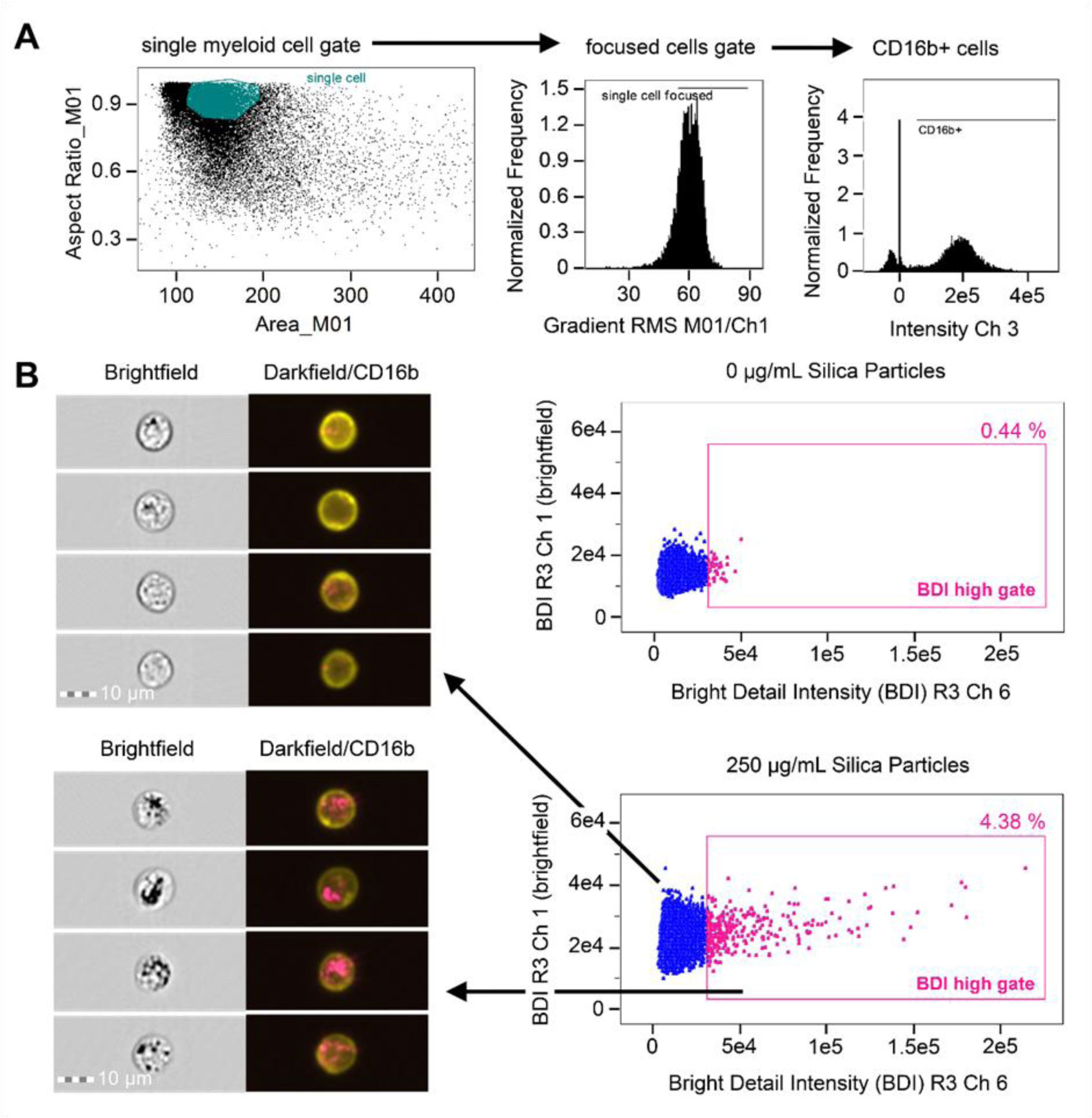
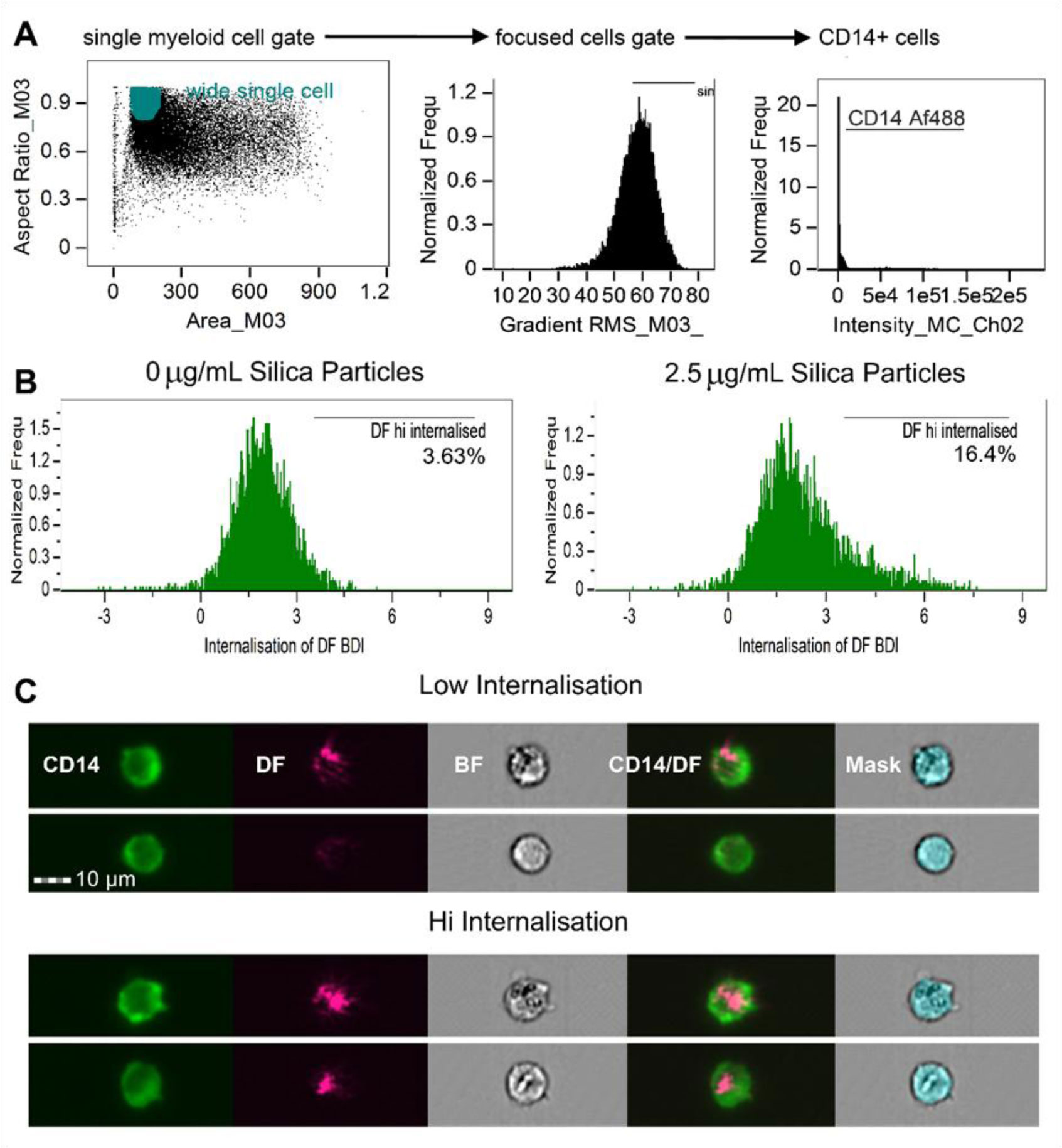
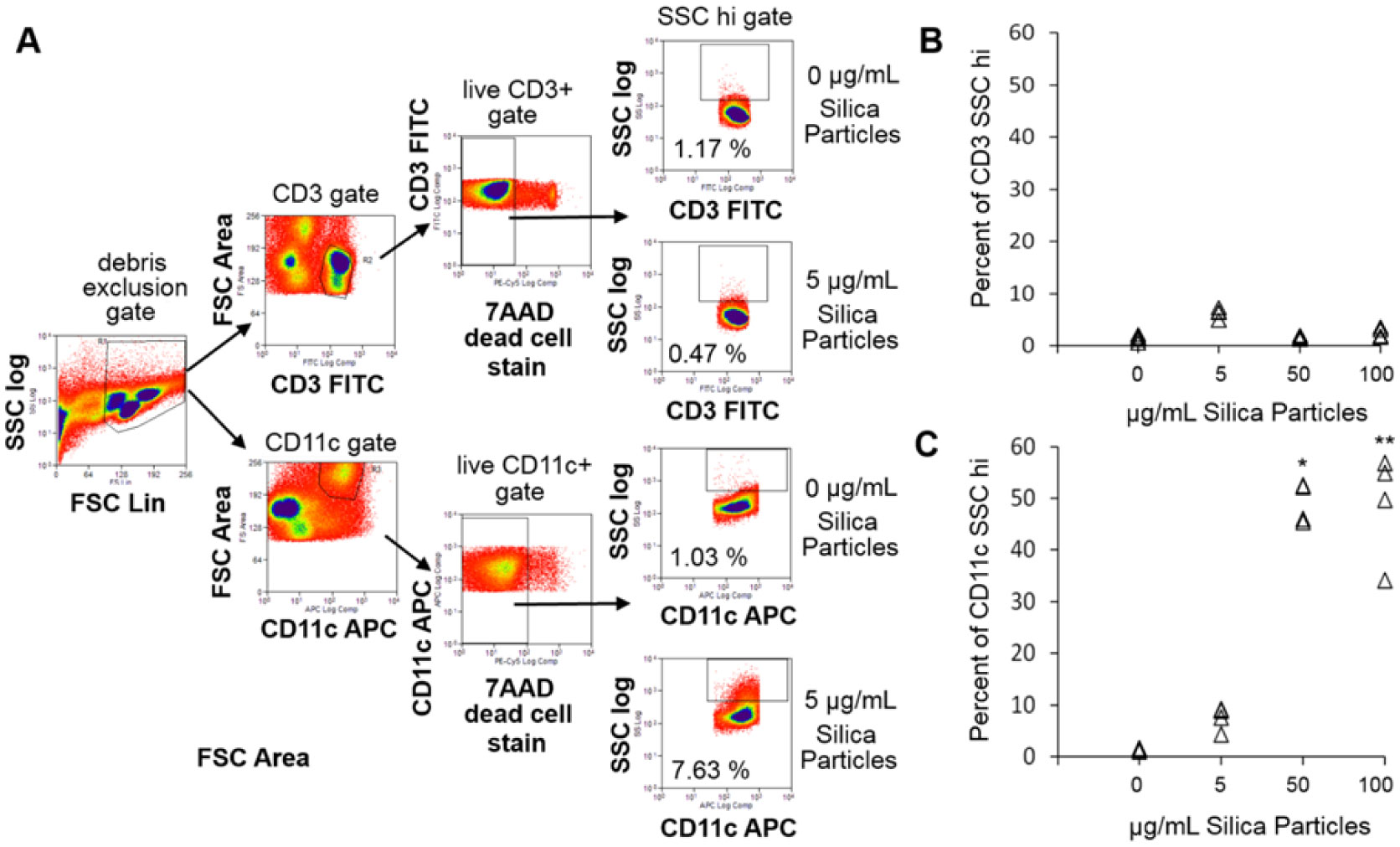
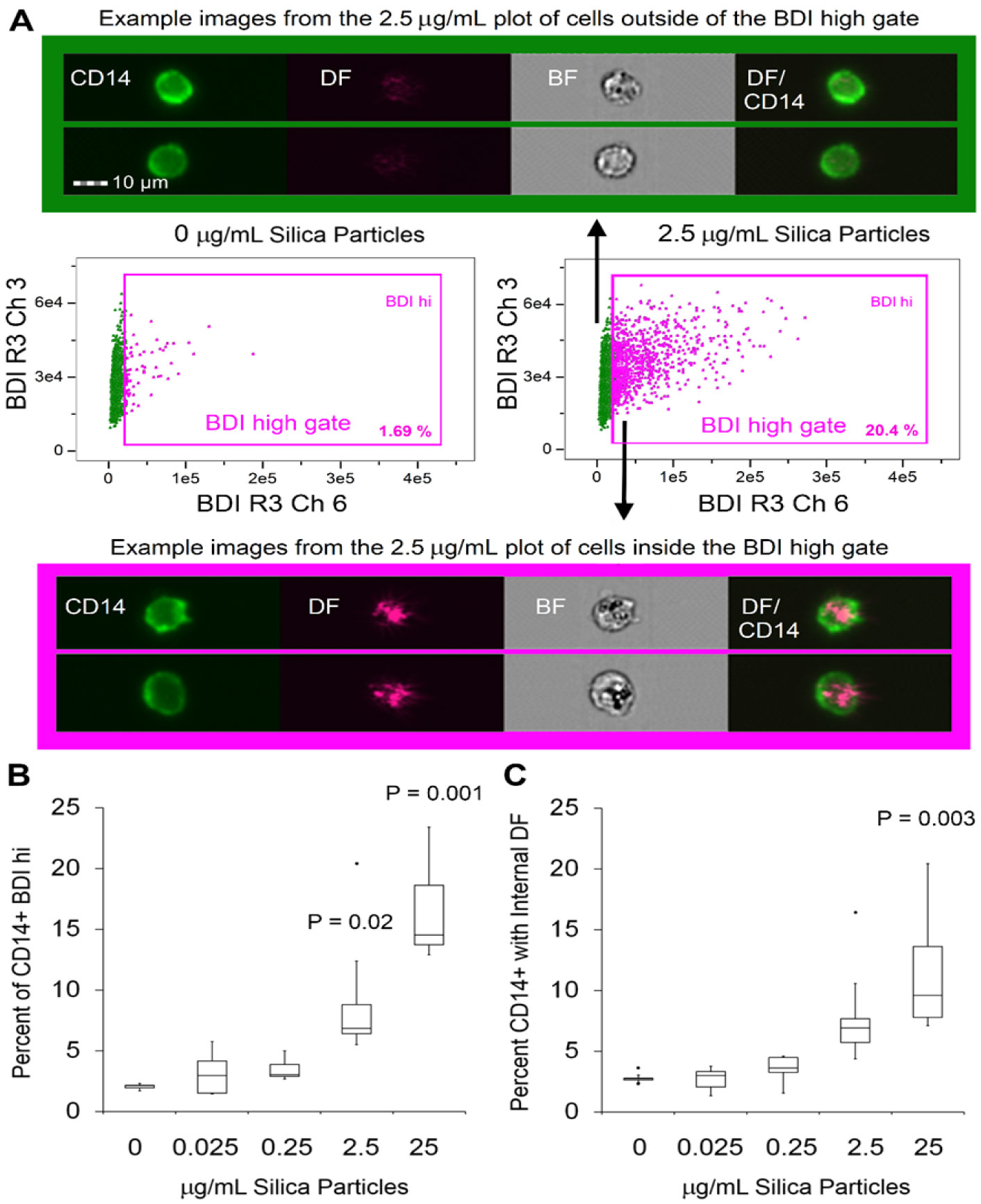
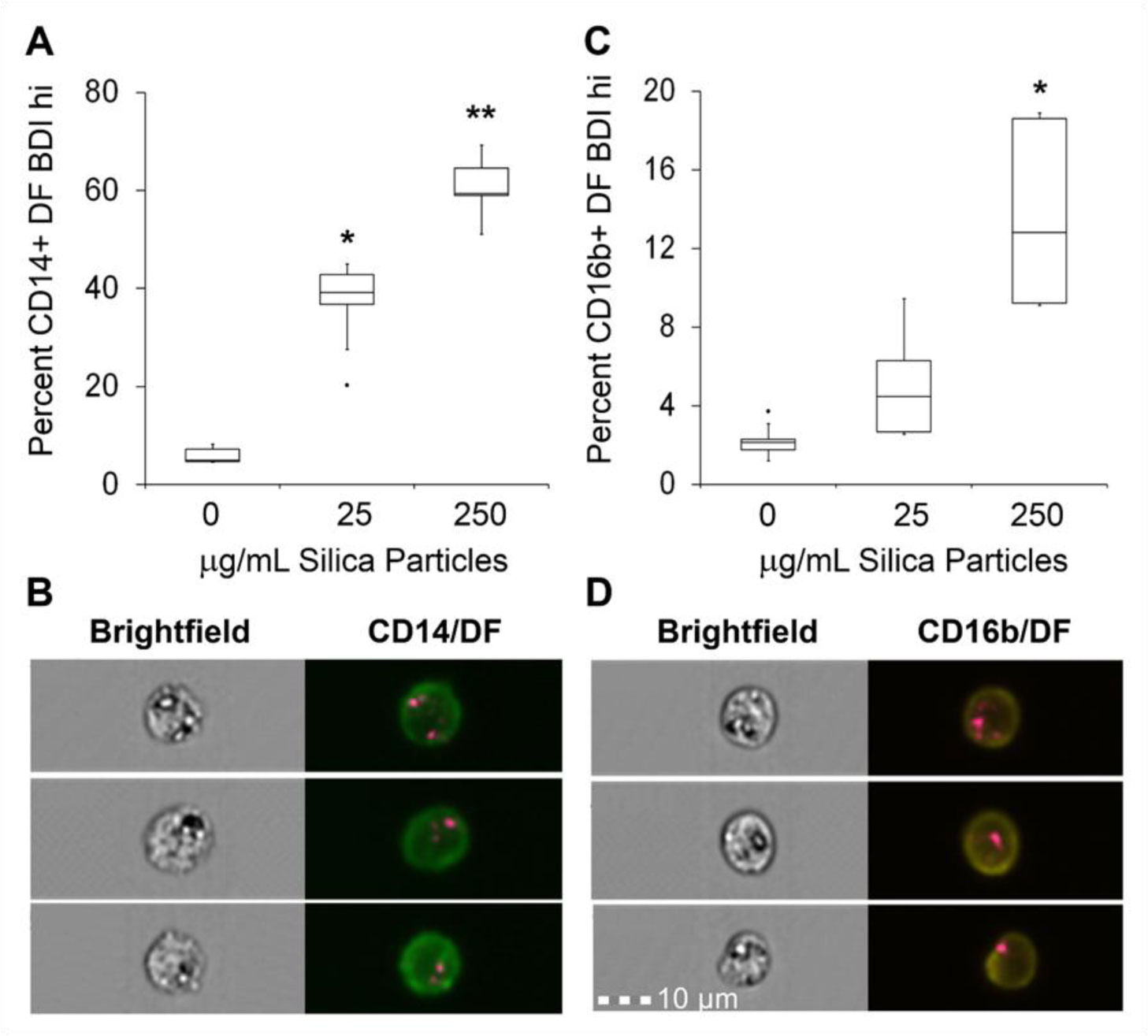

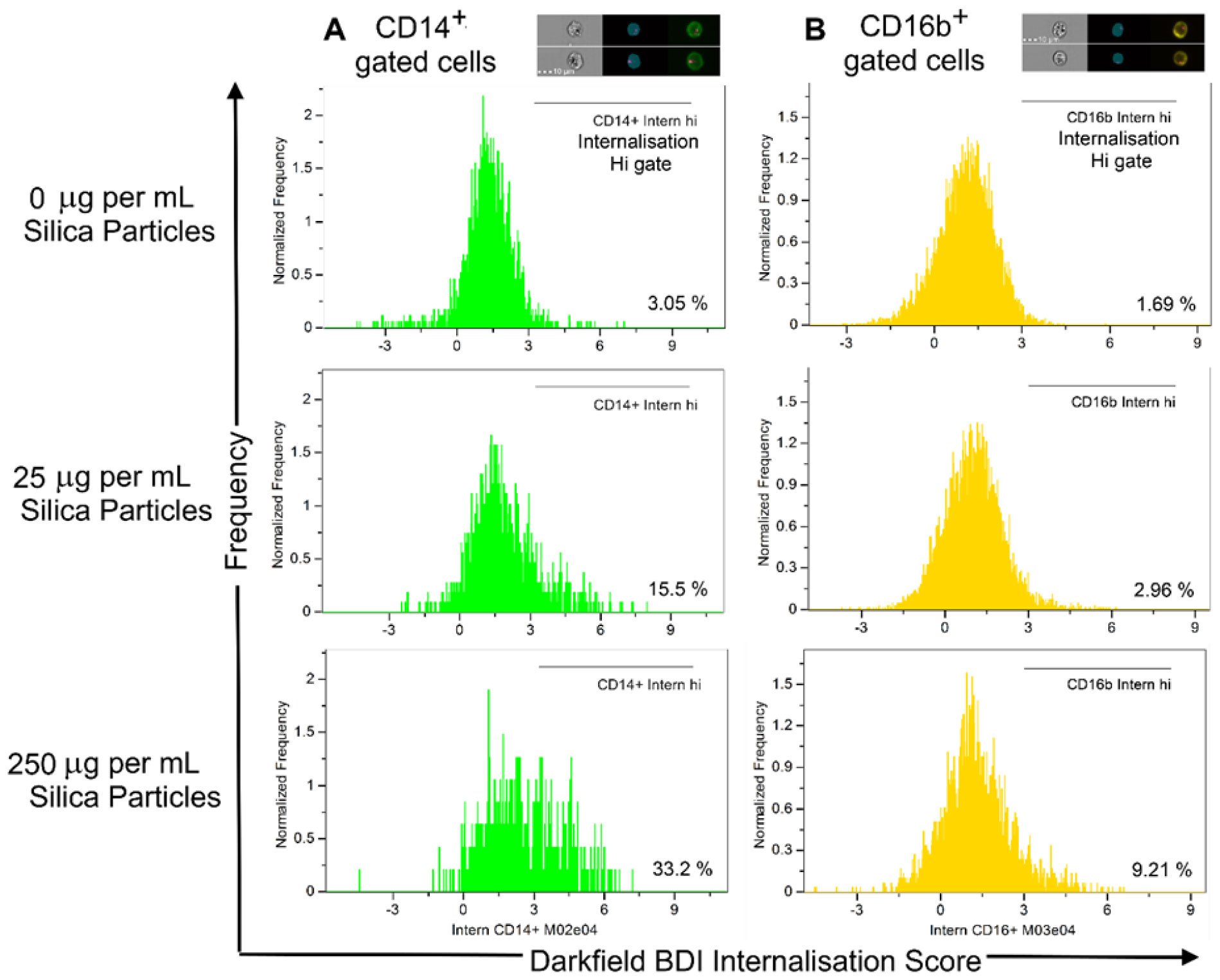
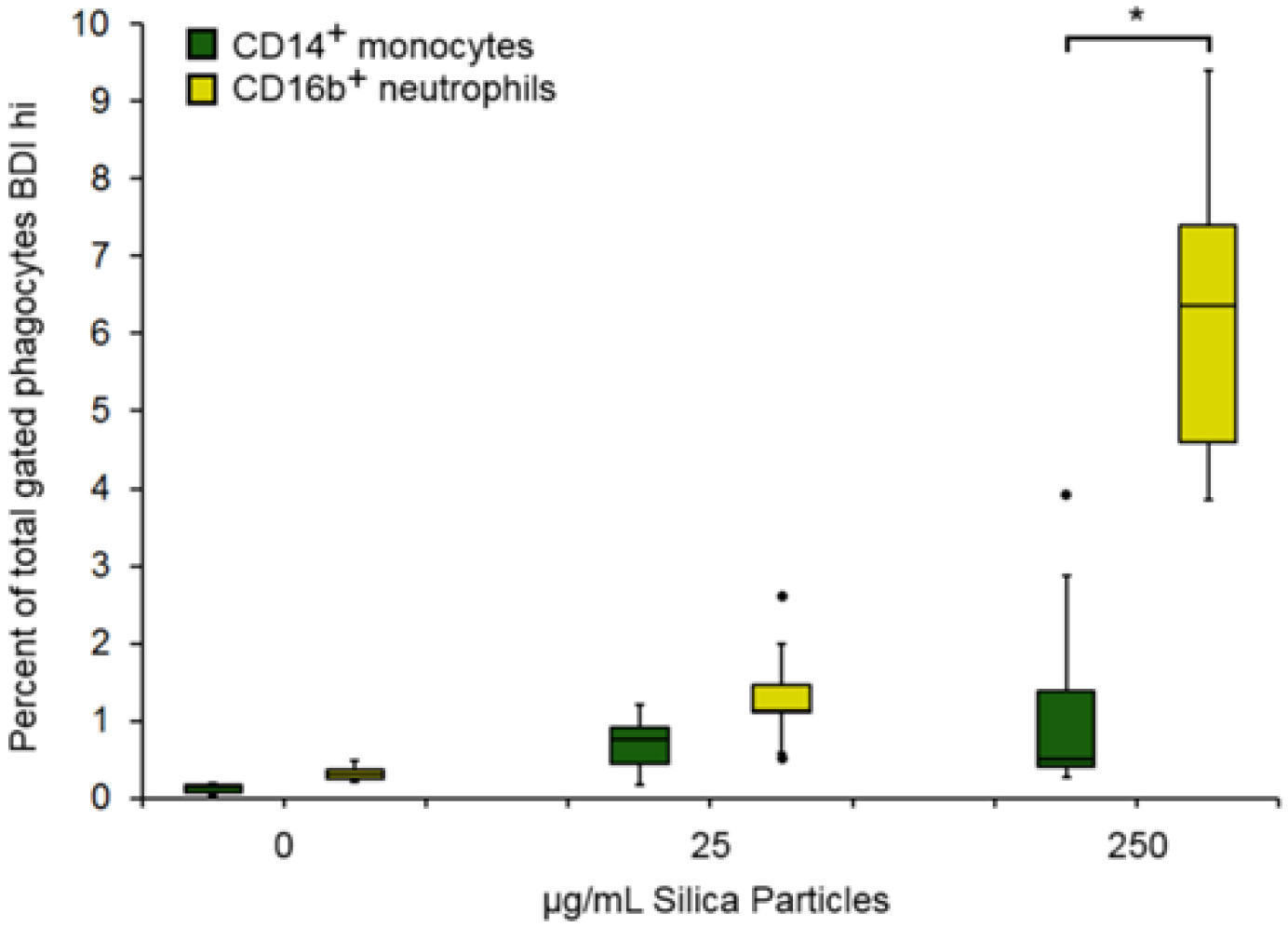
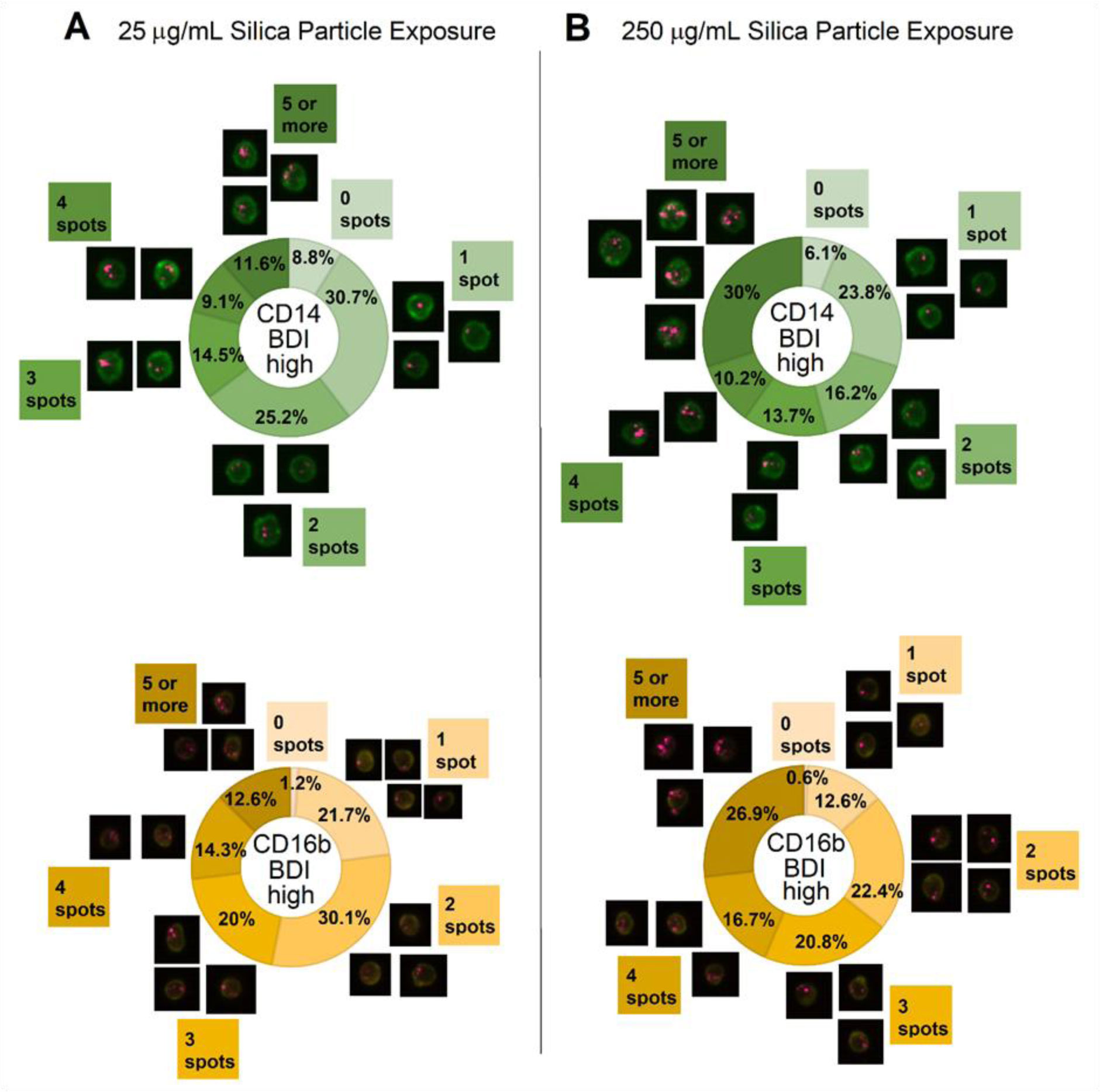


 DownLoad:
DownLoad: